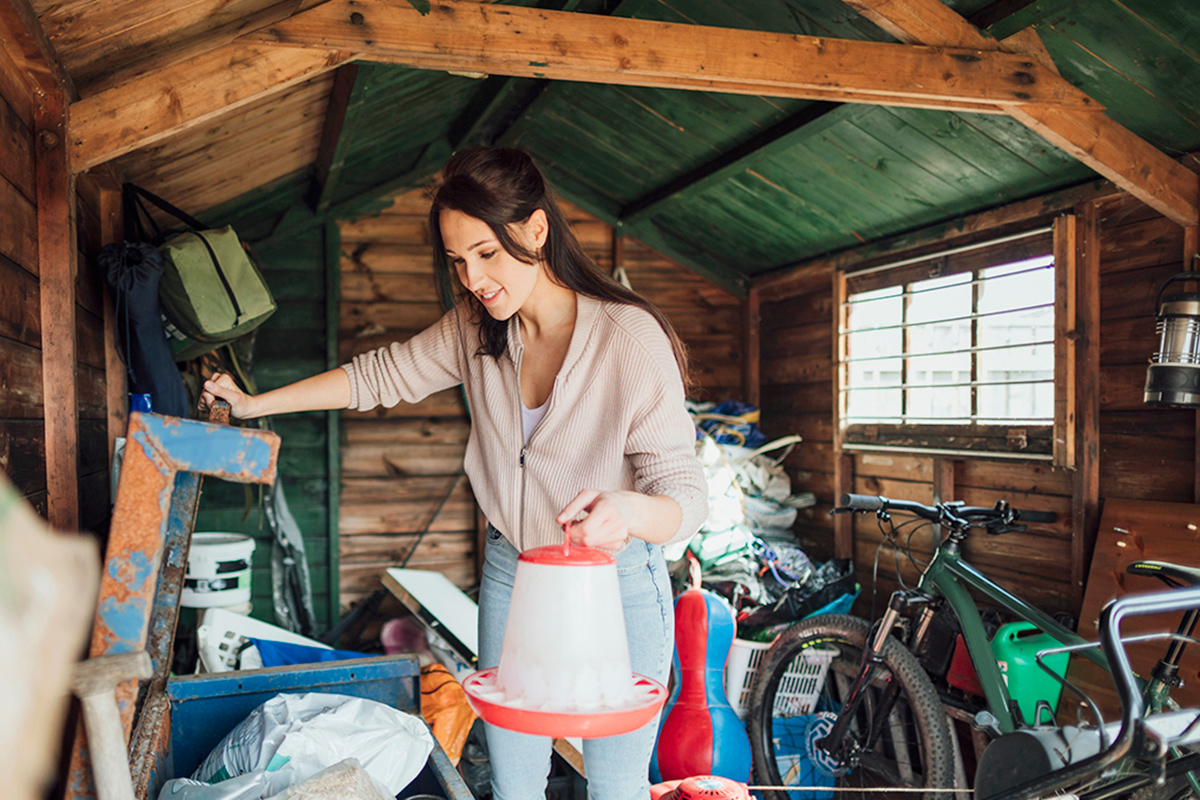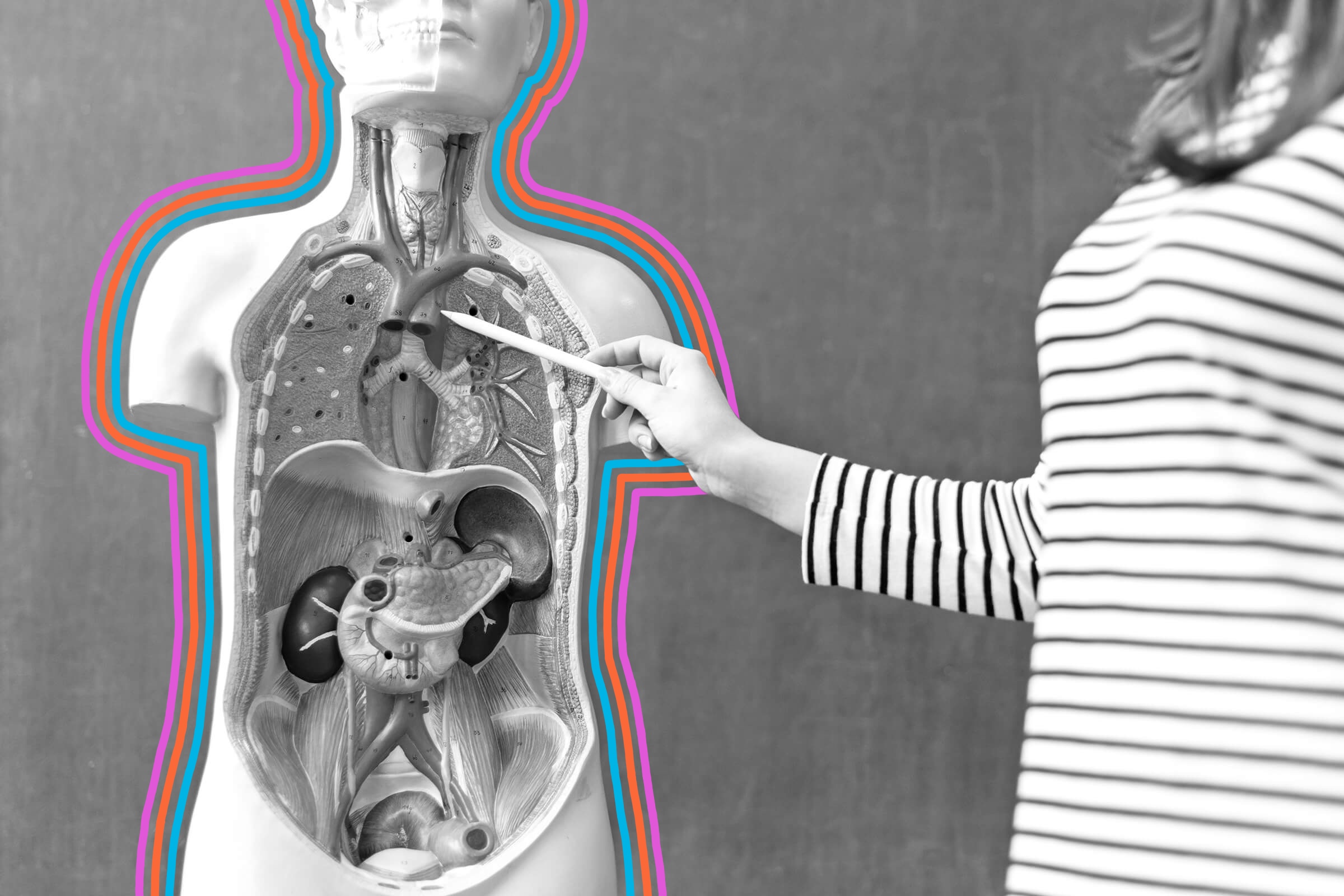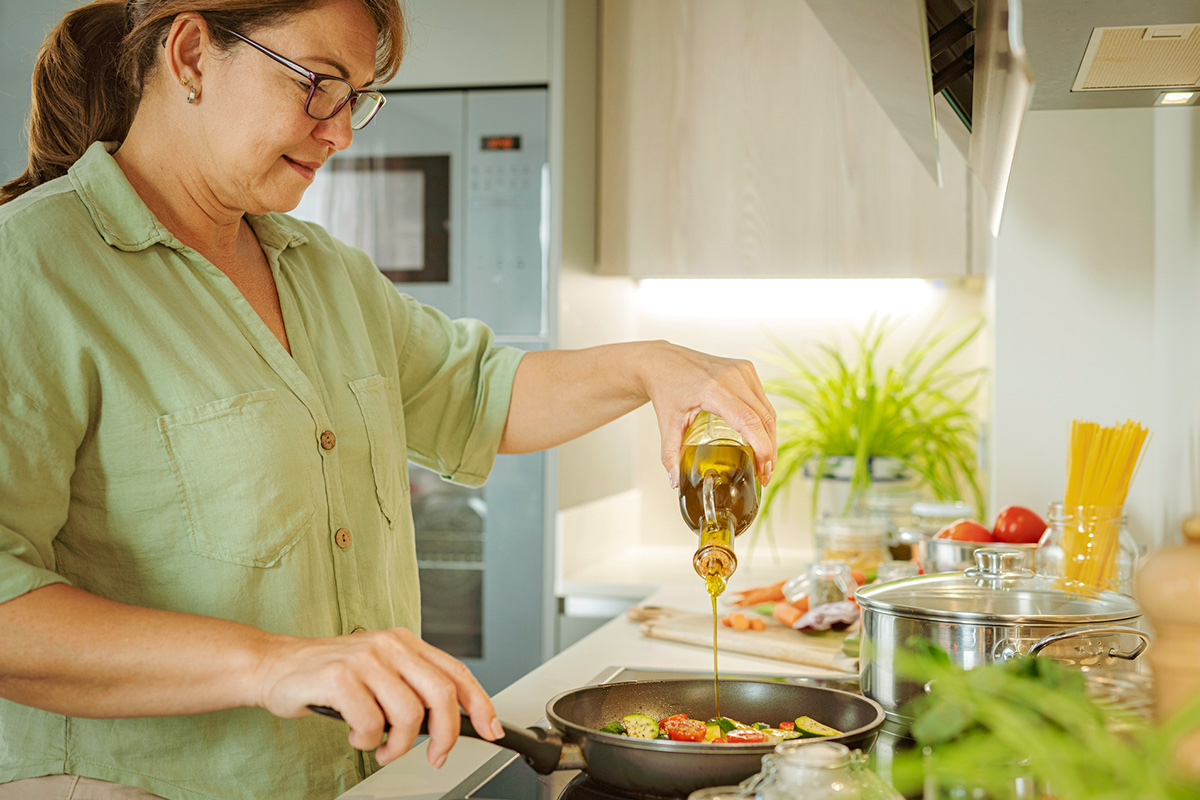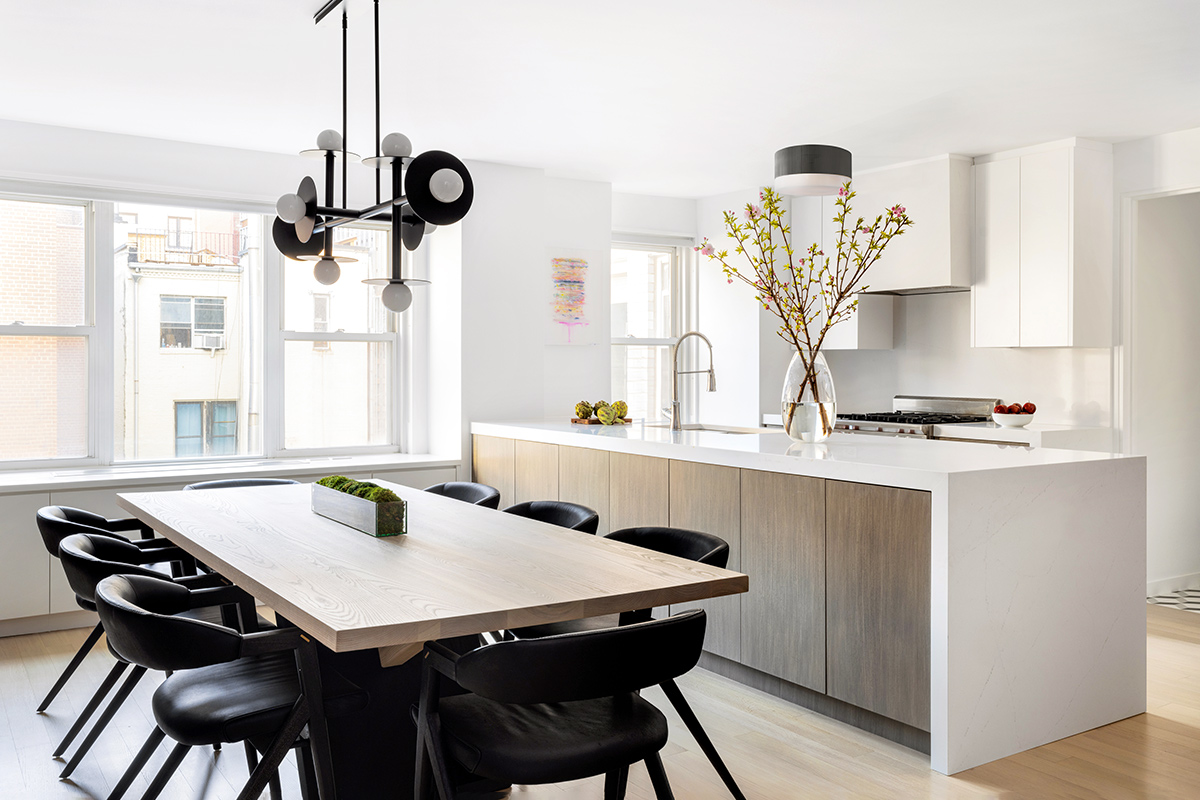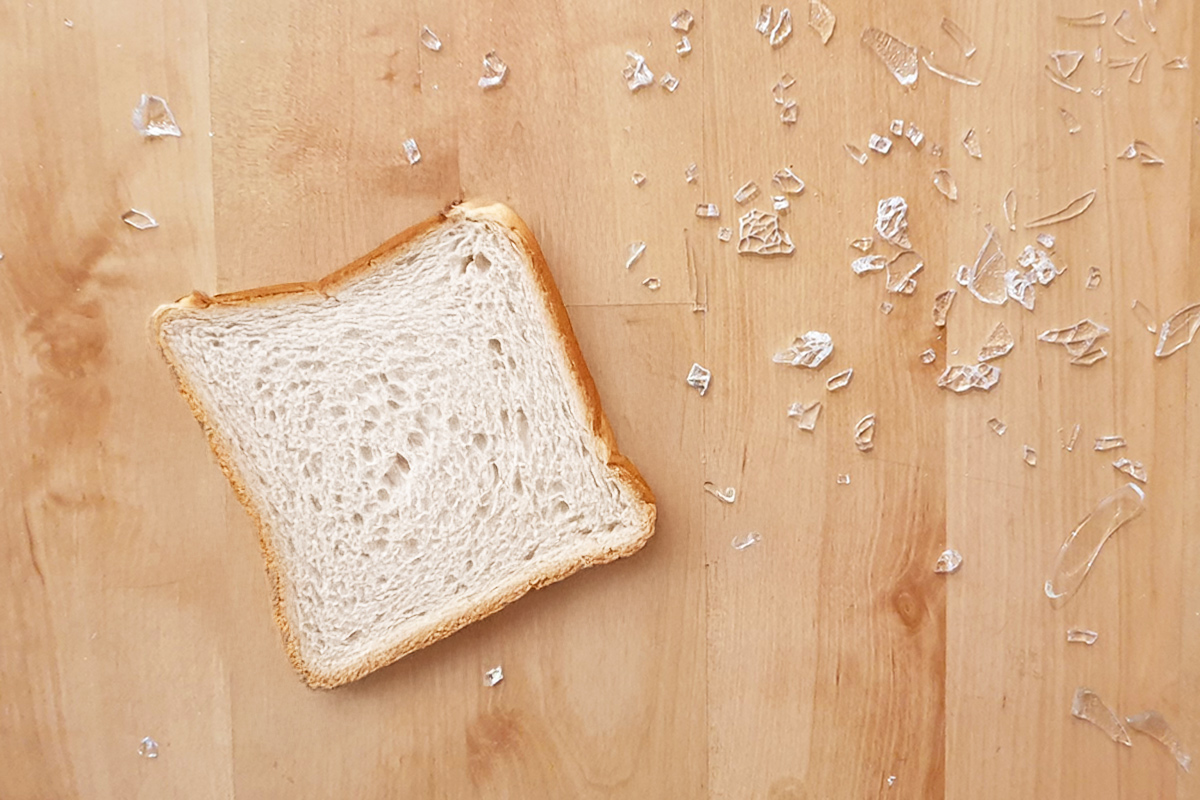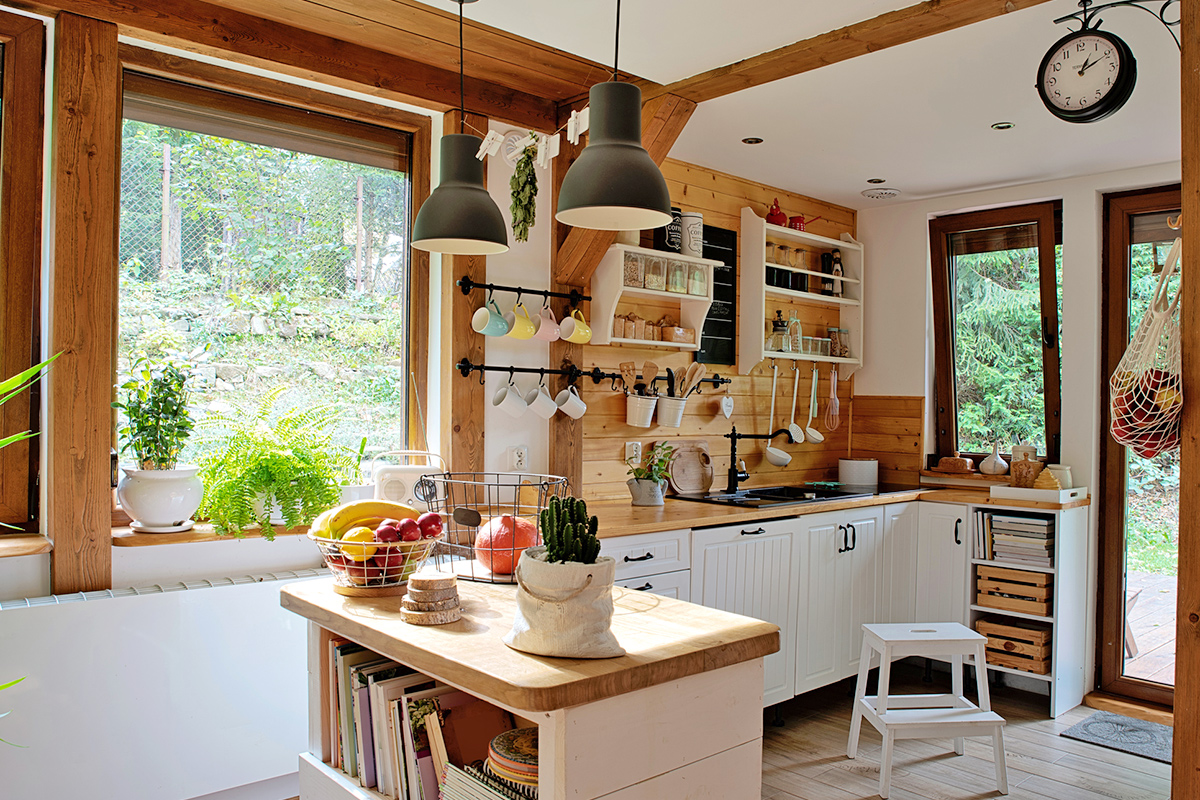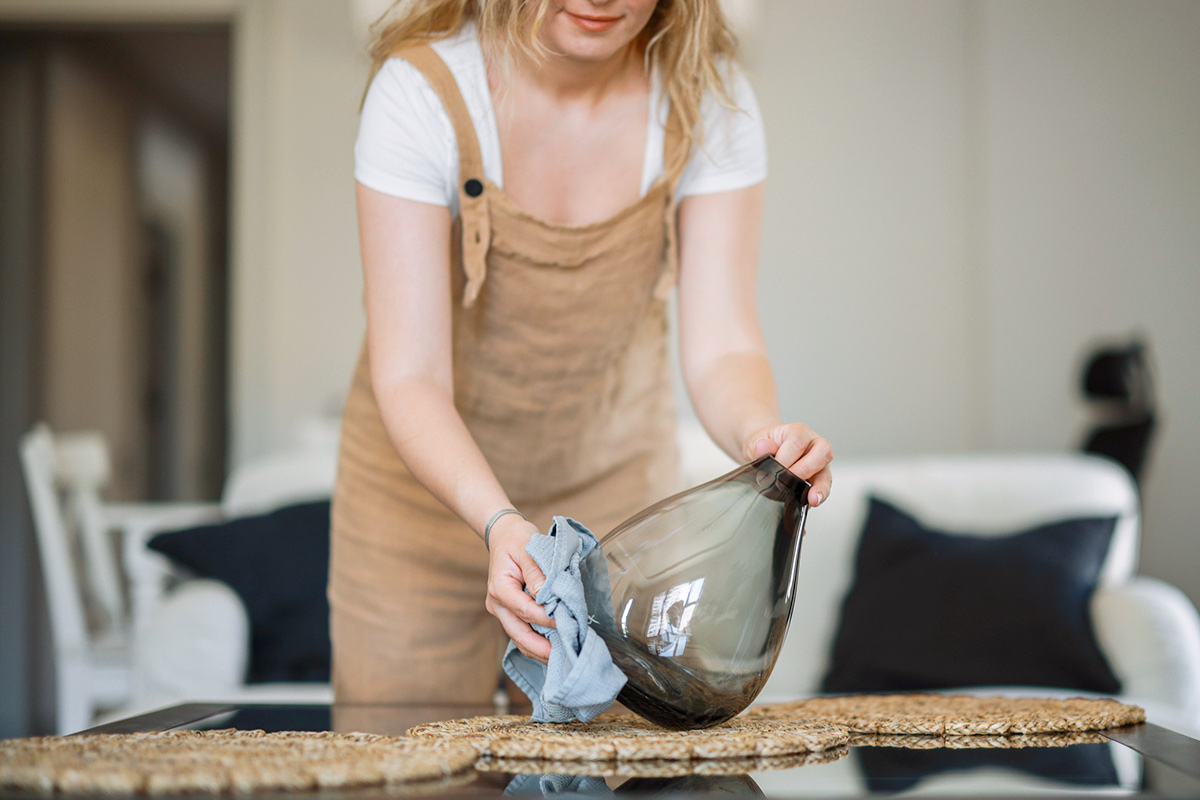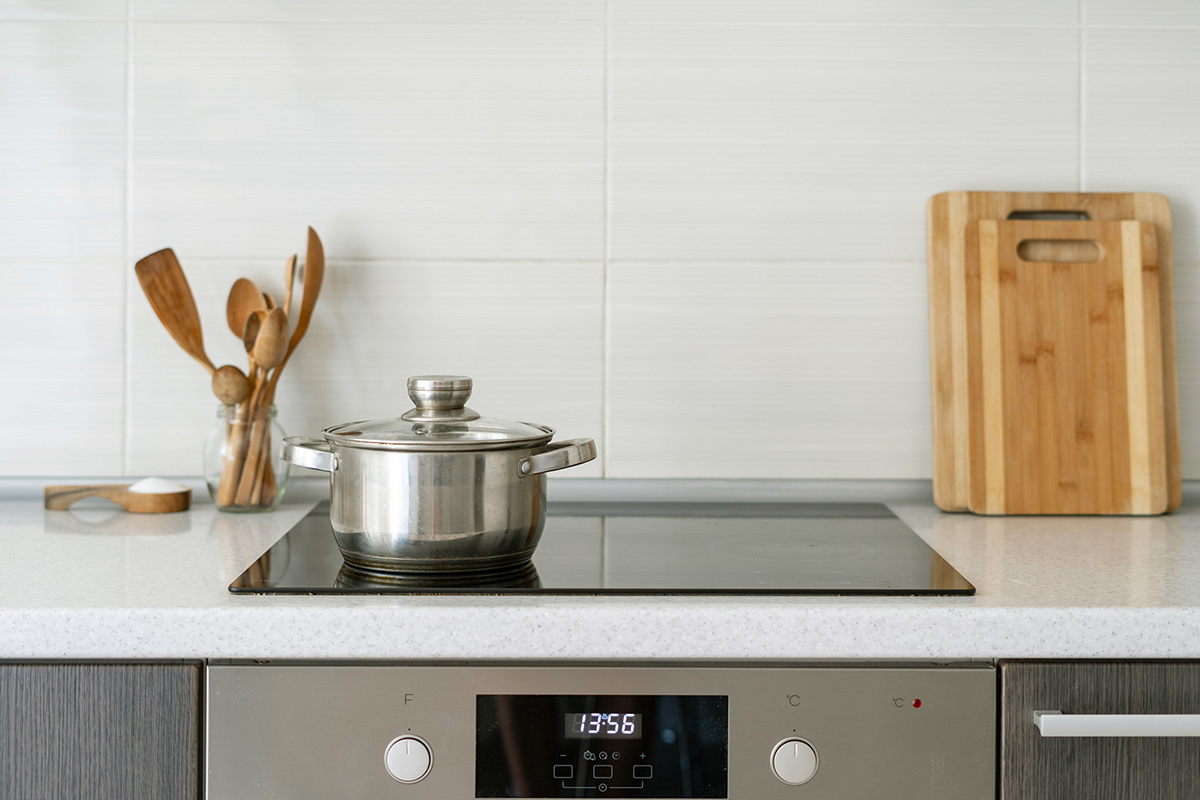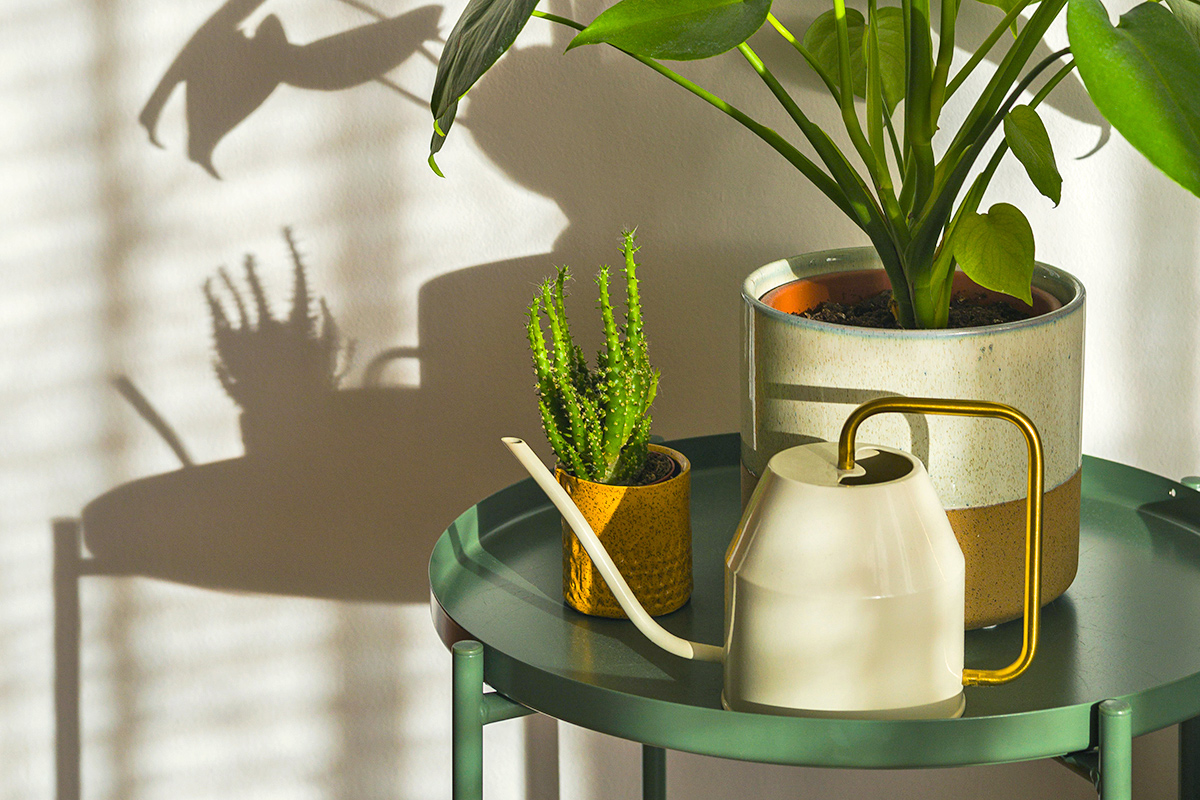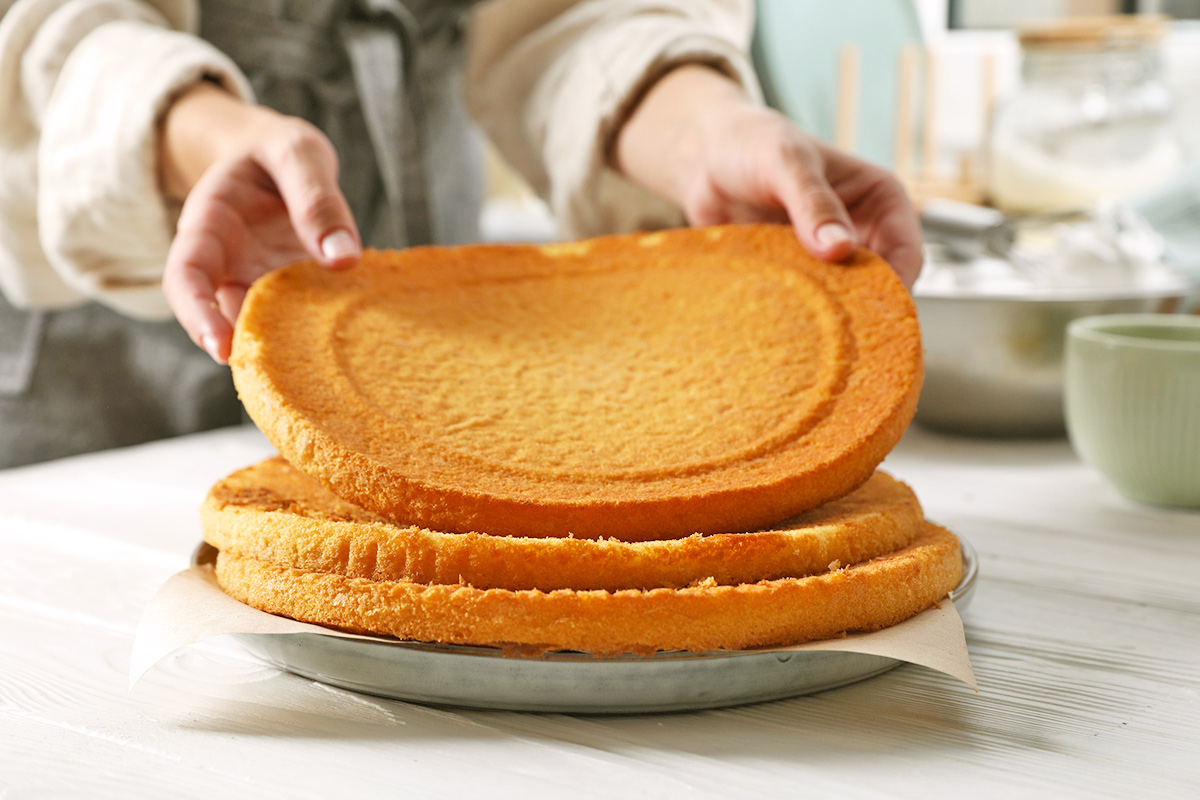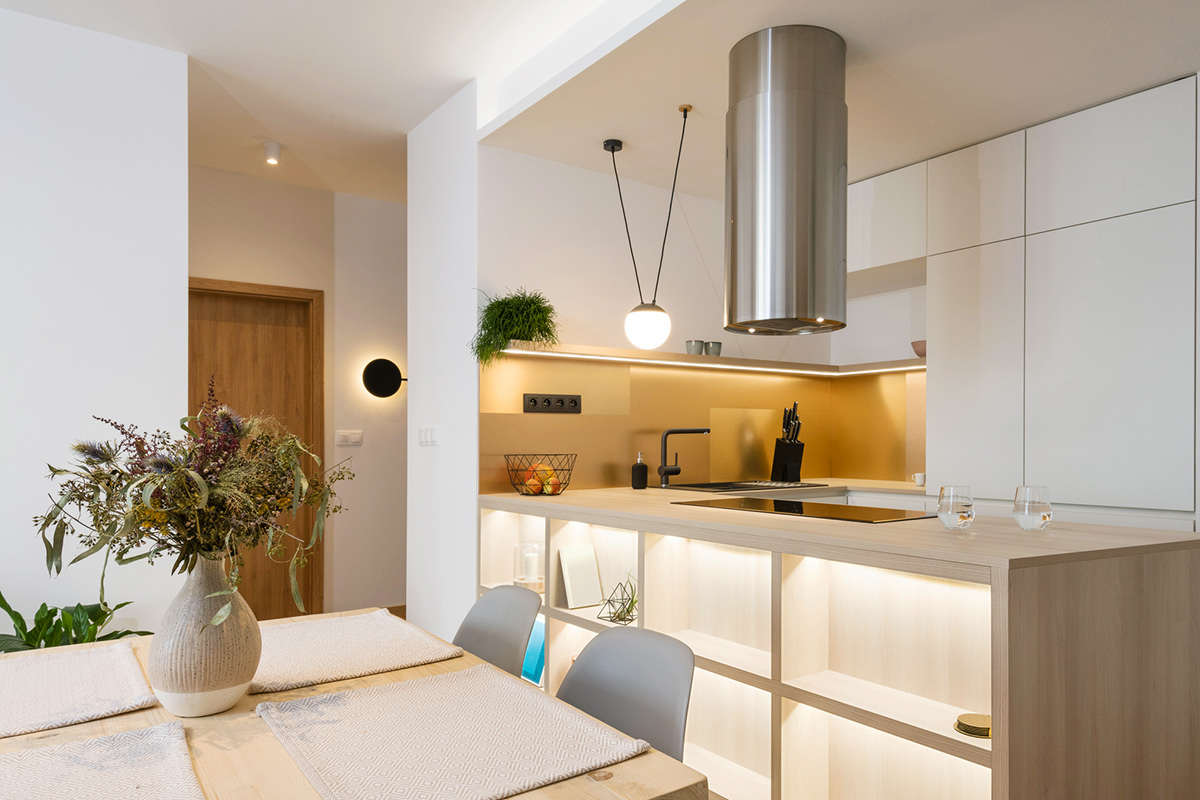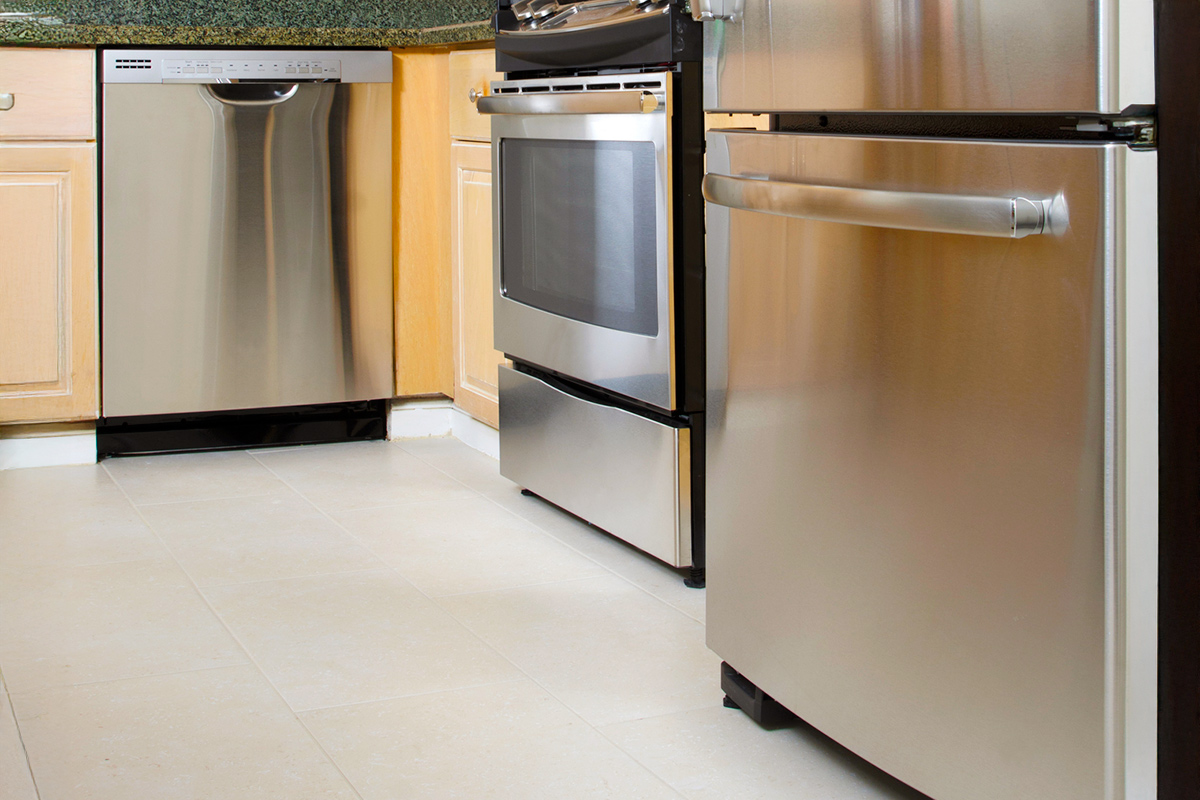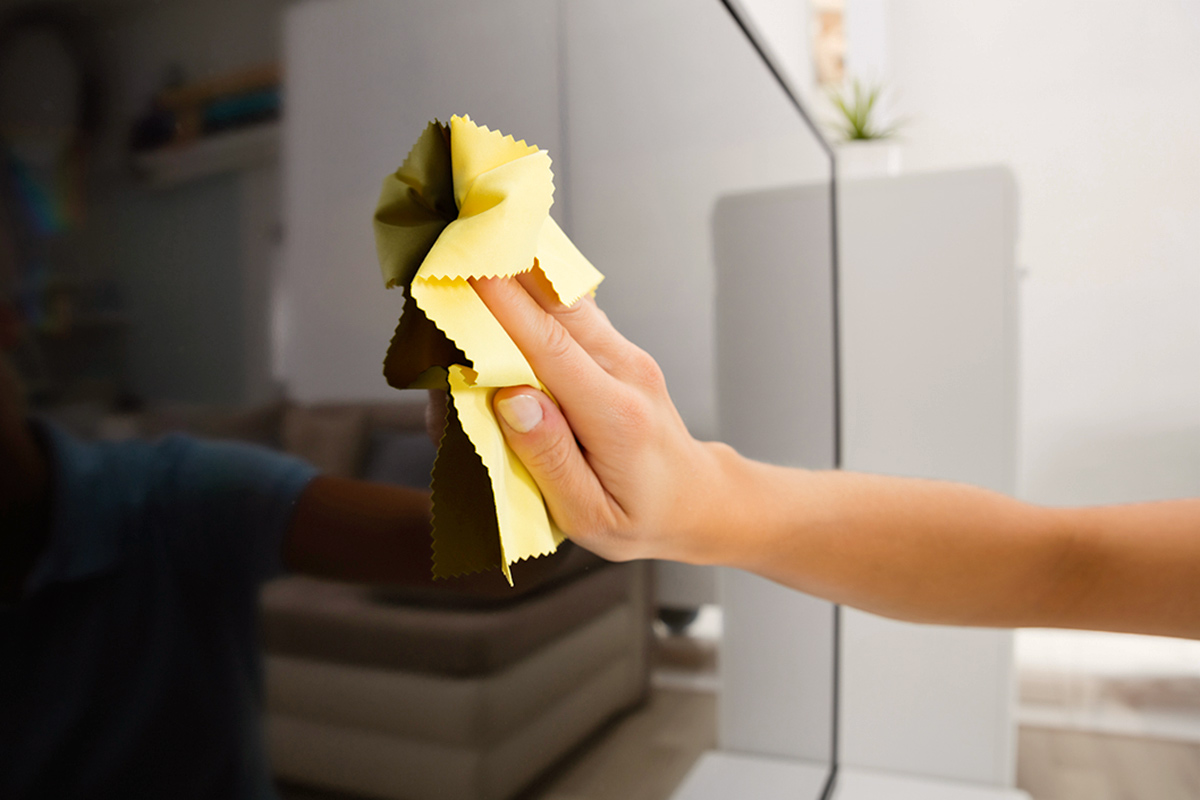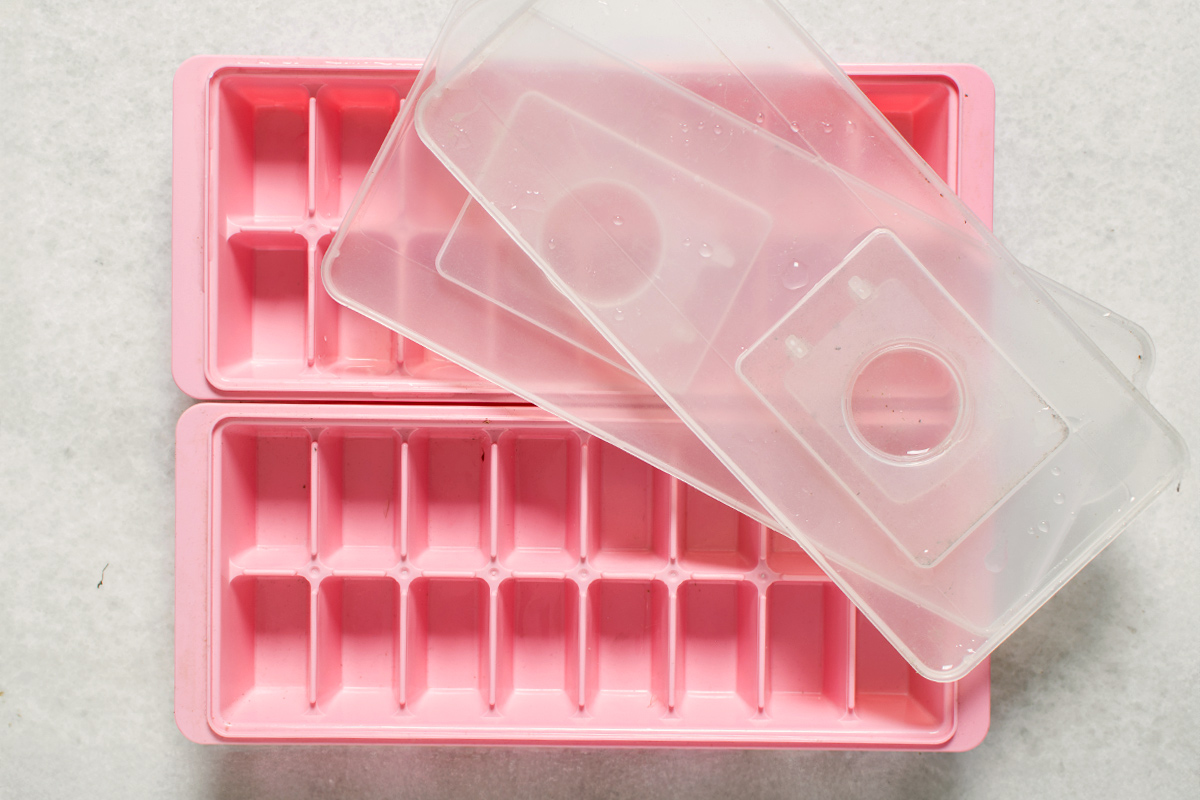When you’re preparing to organize your home, the natural instinct is to start where the clutter is most chaotic. Maybe it’s the kitchen junk drawer, the kids’ toy explosion in the living room, or that bedroom closet you haven’t seen the floor of in years. But according to professional organizer and TikTok creator Mary Cornetta…
Your First Step to an Organized Home
Whether it’s a garage, attic, basement, or even a spare room, every home has a space where unused stuff goes to disappear. And it’s this exact neglected area that holds the key to your whole-home organizing success.
Once the dumping ground is cleared out, it becomes a staging area. You’ll suddenly have the room to store seasonal items, sentimental keepsakes, or random things from other parts of the house. (Just be sure to thoughtfully narrow them down first.) It’s like giving yourself the gift of space before you even begin to tackle the rest of your home.
Think about it: When you try to declutter your bedroom or kitchen without a plan, you usually end up shifting items from one crowded area to another. But if you’ve already cleared and organized your garage or attic, you’re not just moving clutter — you’re giving items a designated home. That’s a major mindset shift.
More from our network
House Outlook is part of Optimism, which publishes content that uplifts, informs, and inspires.
Build Momentum and Conquer Clutter
Another bonus? Starting with the dumping ground builds momentum. It’s a big job, but once it’s done, you’ll feel like the worst is behind you, and that motivation will carry you through the rest of your organizing goals.
So if you’re feeling overwhelmed by clutter, don’t reach for the junk drawer first. Follow Cornetta’s advice and start where your stuff is collecting dust. Decluttering your dumping ground might not seem like the most obvious first step, but it may be the smartest one.









